Katalin M. Hangos, József Bokor, Gábor Szederkényi1852336005, 9781852336004, 9781852338619
Almost all process systems are nonlinear in nature. Nonlinear control is traditionally an area of interest in process systems engineering which is of great practical importance. These facts notwithstanding, many process engineers have difficulty with the paradigms and results of modern nonlinear control theory because they lack the mathematical background usually associated with such methods or because of the their computational difficulty and small-scale applicability in the general case. Analysis and Control of Nonlinear Process Systems overcomes these barriers. Features: · The necessary mathematical preliminaries for readers from a process engineering background. · Constant reference to the widely-known finite-dimensional linear time-invariant continuous case as a basis for extension to the nonlinear situation. · The most promising theories and analytical methods for nonlinear process control laid out clearly and straightforwardly with exercises to reaffirm the techniques as they are taught. · Emphasis on the importance of process knowledge and first-principles-based models in obtaining feasible and effective solutions in particular circumstances from general cases. · Illustration of applications with simple examples and case studies. Analysis and Control of Nonlinear Process Systems will interest graduate process engineers wishing to study advanced control methods either with a view to further research or application in industry as well as to academics seeking to move process control courses into more complicated but up-to-date territory. It will also be a great assistance to those in their senior undergraduate years who will form the next generation of industrial process engineers and need unfussy access to the most modern nonlinear control ideas. |
Table of contents :
Foreword……Page 8
Contents……Page 12
List of Definitions……Page 20
List of Examples……Page 24
Acknowledgements……Page 26
1.1 A Brief Overview of Nonlinear Process Control……Page 28
1.2 Aims and Objectives……Page 30
1.3 The Road Map of the Book……Page 31
2.1 Signals……Page 34
2.2 Systems……Page 44
2.4 Questions and Exercises……Page 47
3. State-space Models……Page 50
3.1 Basic Notions of State-space Representation……Page 51
3.2 Finite Dimensional Linear Time-invariant (LTI) Systems……Page 52
3.3 Linear Time-varying (LTV) Parameter Systems……Page 55
3.4 Linear Parameter-varying (LPV) Systems……Page 56
3.5 Nonlinear Systems……Page 58
3.6 Summary……Page 62
3.7 Questions and Exercises……Page 63
4. Dynamic Process Models……Page 66
4.1 Process Modeling for Control Purposes……Page 67
4.2 State-space Models of Process Systems……Page 73
4.3 Special Nonlinear Process Systems……Page 78
4.4 Heat Exchanger Examples……Page 82
4.5 CSTR Examples……Page 87
4.6 Case Study: Modeling a Gas Turbine……Page 92
4.8 Questions and Application Exercises……Page 98
5.1 Input-output Models of LTI Systems……Page 100
5.2 Input-output Representation of Nonlinear Systems……Page 105
5.3 Realization Theory……Page 109
Exchanger Cell model……Page 116 |
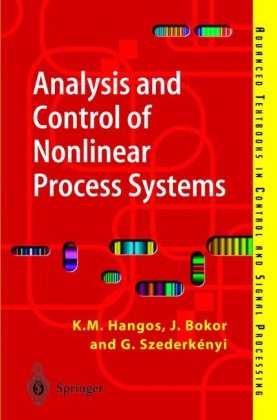
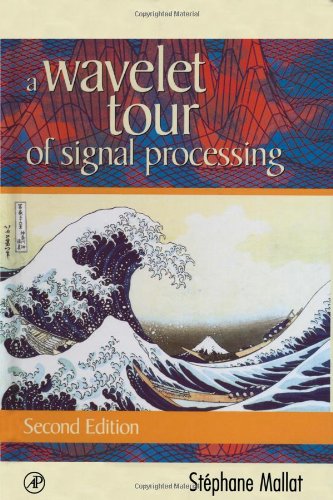

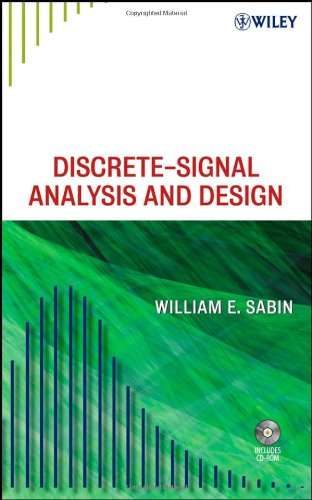
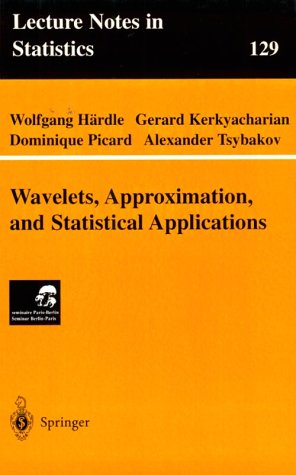
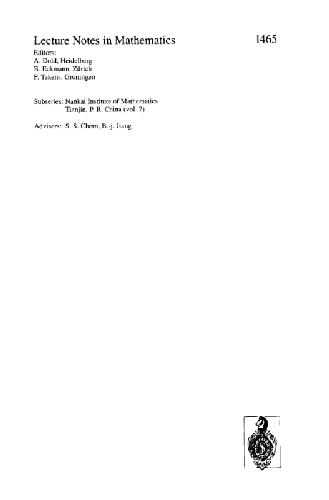
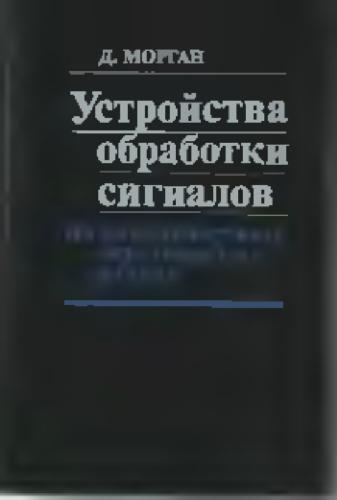
Reviews
There are no reviews yet.